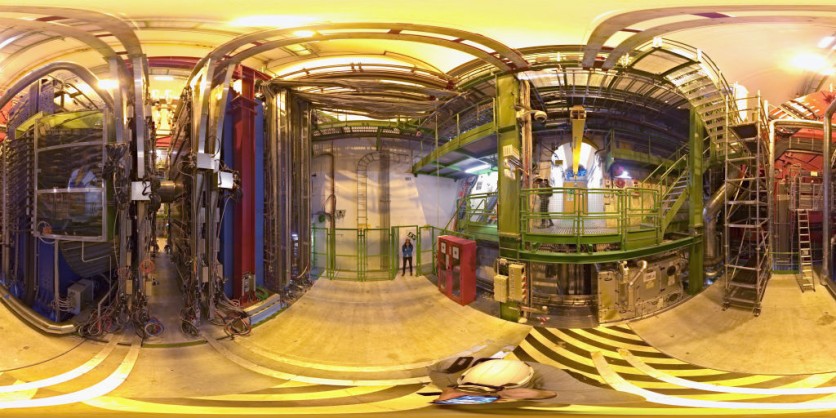US National Institute of Standards scientists have developed an atomic television. The television uses atom clouds and lasers to pick up video transmissions that meet the 480i resolution standard. Additionally, the team demonstrated the same by transmitting live video feeds and video games via the atoms to a monitor, according to Interesting Engineering.

Atom-Based Systems
What makes this technology a good thing? Compact is an ideal solution today as more people are on the go. Atom-based systems can make things physically smaller, and for communication systems like a television, it can make them more tolerant of noisy environments compared to conventional electronics. With the video capability, it could enhance radio systems, specifically in remote locations or in case of emergencies.
Also Read: Turn Any Television Into A Smart Touchscreen TV With The TouchJet WAVE
The Atomic Television
The core of the atomic television is the Rydberg state, which is gaseous super-sized rubidium that were excited by two colors of laser beams. In this state, the atoms reach a high energy level that causes the electrons to orbit further out from the nucleus; therefore, this makes atoms bigger and more sensitive to electromagnetic fields.
In a press release, electrical engineer Chris Holloway said, "We figured out how to stream and receive videos through the Rydberg atom sensors. Now we are doing video streaming and quantum gaming, streaming video games through the atoms. We basically encoded the video game onto a signal and detected it with the atoms. The output if fed directly into the TV."
Watch a video of the researchers' here testing the atomic TV.
Is the Atomic TV coming to Households?
There was also an in-depth study about laser beam sizes and the detection methods necessary for the atoms to receive video in a standard definition formal. The beam size affects the average time the atoms remain in the laser interaction zone, which is related to the receiver's bandwidth. Therefore, a shorter time and smaller beam produce more data.
According to the researchers, small beam dimeters for lasers led to faster responses and color reception. In fact, it reached a data rate of 100 megabits per second, which is an excellent speed for video gaming and internet at home.
However, before the atomic television comes to your home, it may take some time. The research is still ongoing that will support the system's bandwidth and data rates better in the future.
Related Article: Consumerism, especially television, computers, and cars are making people in developing countries obese and diabetic, warns new research
This article is owned by Tech Times.
Written by: April Fowell
ⓒ 2025 TECHTIMES.com All rights reserved. Do not reproduce without permission.




